Growing Geriatric Population
The demographic shift towards an aging population is a significant factor driving the Continuous Renal Replacement Therapy Market. Older adults are more susceptible to kidney diseases due to the natural decline in renal function associated with aging. It is estimated that by 2030, the number of individuals aged 60 and above will reach 1.4 billion, creating a larger patient base requiring renal therapies. This demographic trend is prompting healthcare systems to adapt and expand their renal care services, including CRRT, to meet the needs of this population. Additionally, the increasing prevalence of comorbidities such as diabetes and hypertension among the elderly further exacerbates the demand for effective renal replacement therapies. As a result, the market is likely to experience sustained growth driven by the needs of this demographic.
Increased Awareness and Education
There is a growing emphasis on patient education and awareness regarding kidney health, which is positively impacting the Continuous Renal Replacement Therapy Market. Healthcare organizations are increasingly focusing on educating both patients and healthcare providers about the importance of early detection and management of kidney diseases. Campaigns aimed at raising awareness about the risks associated with CKD and the benefits of CRRT are becoming more prevalent. This heightened awareness is likely to lead to earlier diagnoses and increased referrals for renal replacement therapies. Furthermore, as patients become more informed about their treatment options, they may actively seek out advanced therapies, thereby driving demand for CRRT. The ongoing efforts to improve education in this area are expected to contribute to the market's growth.
Rising Incidence of Kidney Diseases
The increasing prevalence of chronic kidney diseases (CKD) and acute kidney injury (AKI) is a primary driver for the Continuous Renal Replacement Therapy Market. According to recent data, CKD affects approximately 10% of the population worldwide, leading to a heightened demand for renal replacement therapies. As the population ages and lifestyle-related diseases become more common, the incidence of kidney-related ailments is expected to rise. This trend necessitates the availability of effective treatment options, including continuous renal replacement therapy, which is often preferred for critically ill patients. The growing awareness of kidney health and the importance of early intervention further contribute to the market's expansion, as healthcare providers seek to implement advanced treatment modalities to improve patient outcomes.
Technological Innovations in CRRT Devices
Technological advancements in medical devices are significantly influencing the Continuous Renal Replacement Therapy Market. Innovations such as improved filtration membranes, automated systems, and real-time monitoring capabilities enhance the efficacy and safety of CRRT. For instance, the introduction of portable CRRT machines allows for greater flexibility in patient management, particularly in intensive care settings. The market is witnessing a surge in demand for devices that offer user-friendly interfaces and integrated software solutions, which streamline the treatment process. Furthermore, the development of biocompatible materials reduces the risk of complications, thereby improving patient outcomes. As healthcare facilities increasingly adopt these advanced technologies, the market for continuous renal replacement therapy is poised for substantial growth.
Regulatory Support and Reimbursement Policies
Supportive regulatory frameworks and favorable reimbursement policies are crucial drivers for the Continuous Renal Replacement Therapy Market. Governments and health authorities are increasingly recognizing the importance of renal replacement therapies in improving patient outcomes. As a result, there has been a push for policies that facilitate access to CRRT, including reimbursement for these therapies under various health insurance plans. This regulatory support not only encourages healthcare providers to adopt CRRT but also assures patients of financial coverage for necessary treatments. Additionally, the establishment of guidelines and standards for CRRT practices enhances the credibility and safety of these therapies, further promoting their use. As reimbursement policies continue to evolve, the market for continuous renal replacement therapy is likely to expand.


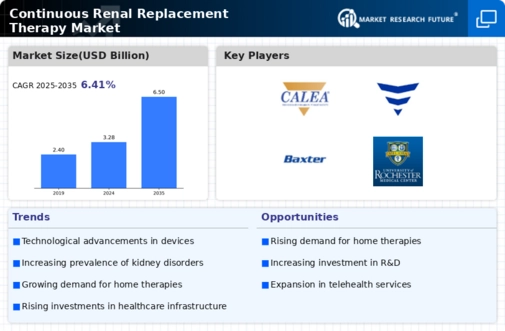
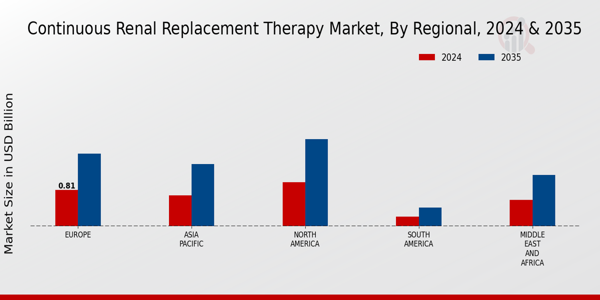
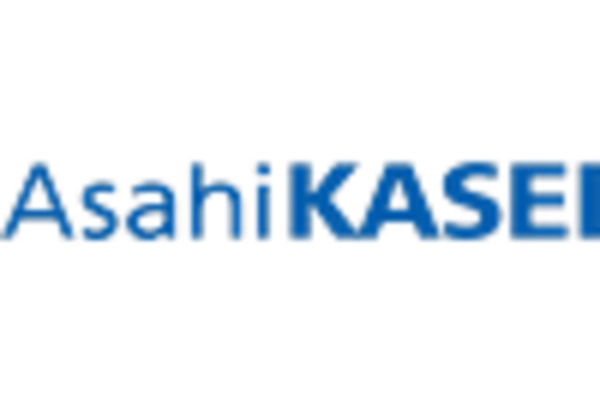

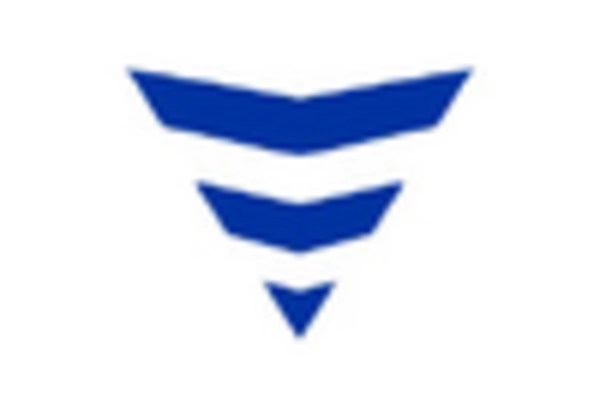

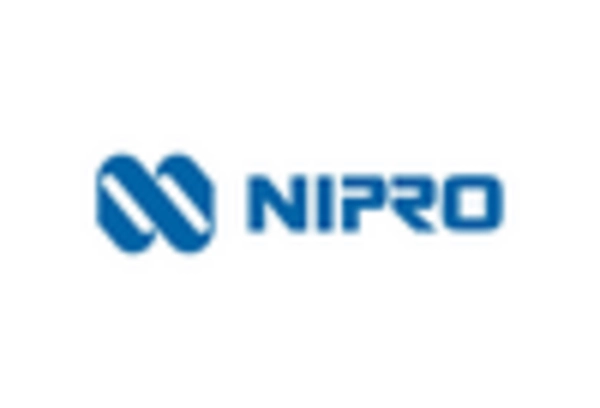









Leave a Comment